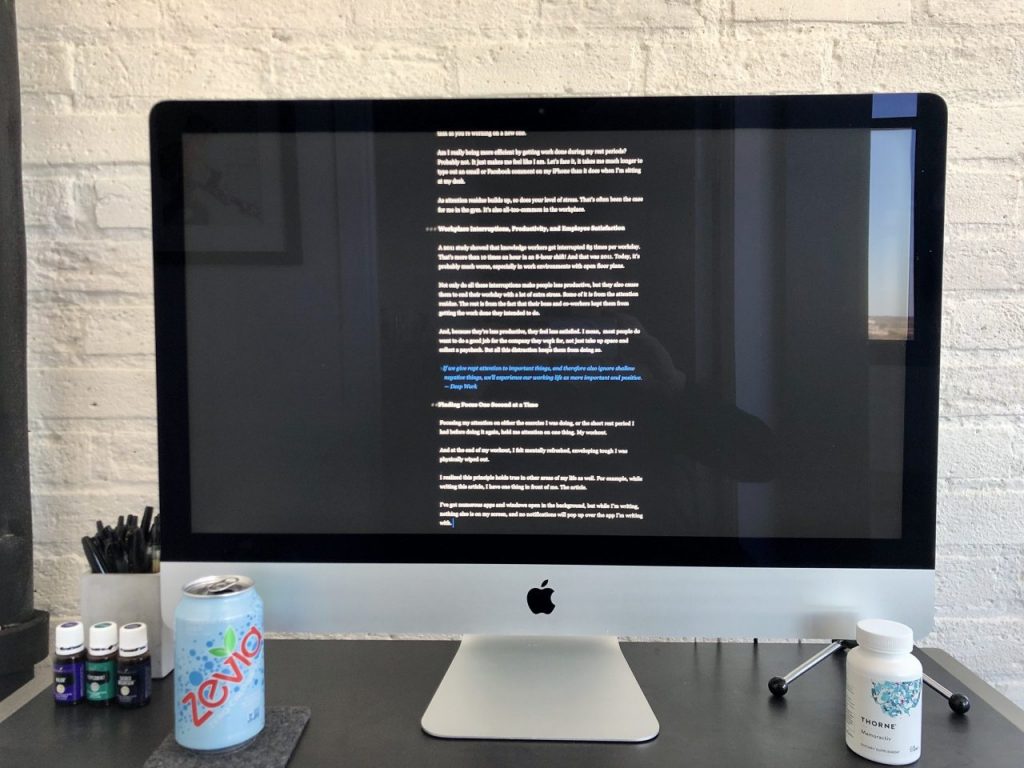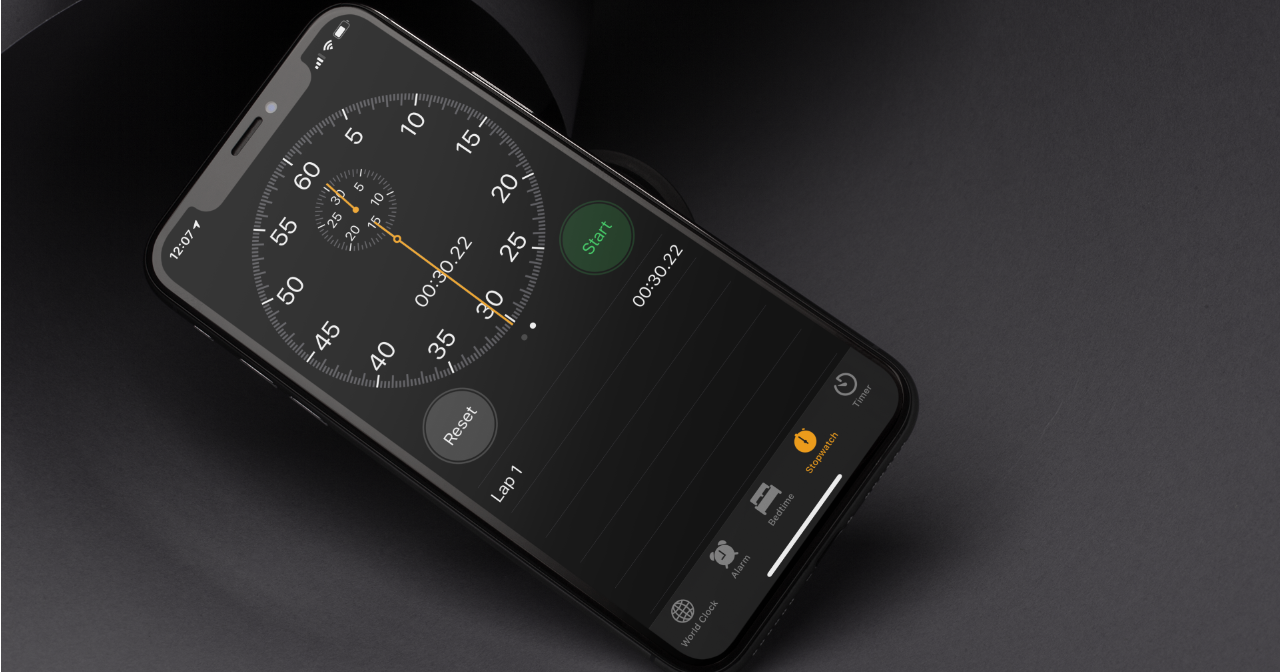Listen on: Apple Podcasts | Spotify
I hardly notice the guy behind me, grunting like he’s having an orgasm.
Instead, I’m zoned in on the second hand of my stopwatch. It’s like a one-direction metronome. Tick, tick, tick.
A text notification pops up on my phone screen and I quickly wipe it away without looking at who it’s from.
Tick, tick, tick.
From the corner of my eye I catch a lady doing some movement she must have seen from a Jane Fonda video. “That’s not going to do anything. Eyes on the clock,” I think.
Tick, tick, tick.
Whenever my mind wanders, I draw it back to the stopwatch.
I programmed this block of VIGOR Strength Athlete with 30 second rest periods, and lots and lots of sets.
I find myself cherishing every second of my rest periods, never feeling like they’re long enough.
Though I don’t often include such short rest periods in the training program, I did so in this training block for a few reasons:
- To increase muscular stress by keeping rest periods short enough that you don’t fully recover before the next set
- To use lighter training loads light enough to give joints and the nervous system a break (we worked them pretty hard in previous training blocks)
- To improve physical stamina and “staying power” by doing much more work in each session than usual
I planned these short rest periods specifically for the phyical benefits.
I wasn’t expecting the mental effects, including better focus, reduced stress, and mental refreshment.

Feel Better Fast. Guaranteed.
Energy+, EDGE, and MentaBiotics make up the Happy Juice supplement stack, with ingredients clinically proven to:
- decrease anxiousness scores by 55%
- decrease irritability scores by 60%
- decrease fatigue by 64%
- decrease anger 54%
- decrease tension by 45%
- decrease confusion by 43%
- decrease overall distress by 49%
- increase good bacteria by 70%
- decrease negative mood by 105%
- increase positive mood by 211%
Multitasking My Training Sessions
Several years ago, I developed a bad workout habit. It isn’t as dumb as drinking beer before a workout, or smoking cigarettes after. But, it’s dumb nonetheless.
In an attempt to be more productive during my rest periods between sets, I’d answer emails, respond to comments on Facebook, reply to text messages, research topics for articles, or even knock out a few sentences of blog post drafts.
I thought I was more productive, making use of every nook and cranny in my daily calendar. And while I might have made a tiny bit of progress in my to-do list, multitasking during my training sessions affected my mental outlook in a way I didn’t understand until recently.
You know how silent it seems when you sit in your car after being at a concert? You don’t realize how loud it was until you sit in your car in silence.
I didn’t realize how frazzled I felt following my workouts until I finished my workouts without feeling frazzled. My recent training sessions, with only 30 seconds to rest, didn’t allow me to multitask. And by eliminating the multitasking, I no longer felt frazzled.
It reminded me of a book I read least year, Deep Work by Cal Newport. I remembered reading about Newport’s explanation of task switching and attention residue.
Task-Switching and Attention Residue
Task-switching is the mental and physical act of turning your attention from one topic, activity, or problem, to another.
In my case, I’d focus all my attention on executing an exercise, and then 15 seconds later turn my attention to a work-related task. Two minutes later, I’d try to mentally let go of whatever I was working on, and put my complete focus on another set.
I’d repeat that cycle over and over for my entire training session.
Just as your exercising muscles produce a byproduct called lactate, task-switching produces a byproduct called attention residue. It’s leftover mental and emotional attention, hanging on in your head, from a previous task as you begin a new one.
As attention residue builds up, so does your level of stress and mental fatigue.
Of course, this issue isn’t unique to the gym. It’s everywhere.
Workplace Interruptions, Productivity, and Employee Satisfaction
A 2011 study showed that knowledge workers get interrupted 85 times per workday. That’s more than 10 times an hour in an 8-hour shift! And that was 2011. It’s probably much worse today.
Some research also shows that it can take up to 15 minutes after an interruption to get back into a focused state needed to get quality work done. If you’re interrupted 10 times per hour, it’s literally impossible to get focused enough to do your best work.
And if you don’t do your best work, you won’t be as satisfied at work as you could be.
If we give rapt attention to important things, and therefore also ignore shallow negative things, we’ll experience our working life as more important and positive.
Cal Newport, Deep Work
Finding Focus One Second at a Time
In my observational study of one, I found that by remaining focused only on my workout for the hour or so I trained, I ended my workouts feeling happier and less stressed.
My iPhone stopwatch app became an unexpected meditation tool.
The brief rest period kept me from opening other apps, or at times, even strolling to the water fountain. The clock itself became something to focus my eyes and attention on.
My thoughts about other stuff I needed to do, the people around me at the gym, or even the exercises I still had to do were consistently replaced by the time I had left before my next set.
Focusing my attention on either the exercise I was doing, or the short rest period I had before doing it again, held me attention on one thing. My workout.
And at the end of my workout, I felt mentally refreshed, even tough I was physically wiped out.
I realized this principle holds true in other areas of my life as well. For example, while writing this article, I have one thing in front of me. The article.

I’ve got numerous apps and windows open in the background, but while I’m writing, nothing else is on my screen, and no notifications will pop up over the app I’m writing with.
I write until I’m done. Some days, that means I’m working on it all day. Emails and text messages get put off until the next day, or as I mentioned, when I’ve been at the gym.
The lesson for me, though was that I need to apply the same principle in the gym that I do when I’m at my desk. When I train, I train. When I work, I work. When I play, I play.
Read also: The Nonnegotiable Approach to Succeeding at Fitness (and Life)
What’s the point here?
At a minimum, I thought this insight was worth sharing for those who multitask during their training sessions.
But, like many other aspects of strength training, the principles that apply to training sessions also apply in “the real world.”
If task-switching causes so much stress in a single hour of exercise, imagine the impact over a workday or workweek.
Perhaps by doing just one thing at at time, you’ll get a lot more things done, and be much happier doing so.
As for me, I’m dropping the bad habit of multitasking during training. The only “work” I’ll do from now on will be part of my workout.

Feel Better Fast. Guaranteed.
Energy+, EDGE, and MentaBiotics make up the Happy Juice supplement stack, with ingredients clinically proven to:
- decrease anxiousness scores by 55%
- decrease irritability scores by 60%
- decrease fatigue by 64%
- decrease anger 54%
- decrease tension by 45%
- decrease confusion by 43%
- decrease overall distress by 49%
- increase good bacteria by 70%
- decrease negative mood by 105%
- increase positive mood by 211%




